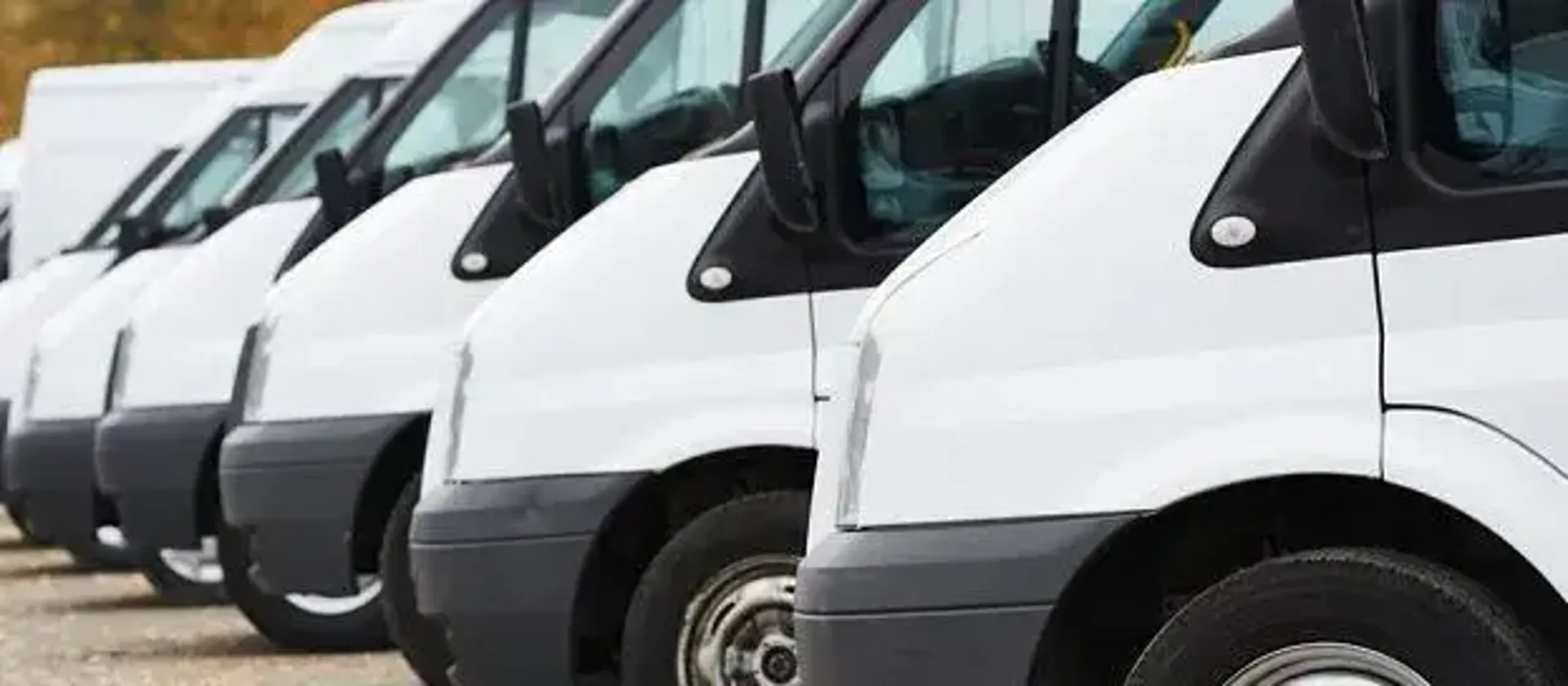
07/12/2015
At the end of 2015, a 3.5% rise in insurance premium tax will spell bad news for fleet managers. To combat the problem of rising insurance costs, more and more companies are turning to technology.
Partnerships with weather companies
US-based insurance companies have been trialling partnerships with weather data providers, in order to refine their understanding of the ‘winter-summer divide’ - the increase in road traffic incidents occurring during the winter months.
Weather data allows insurance companies to get a clearer picture of the effect adverse weather conditions have on driving behaviour - and to understand when drivers are taking unnecessary risks in poor visibility or on treacherous road surfaces. Combining the data with performance data from black box telematics may be a factor in determining future premiums in the UK: responsible fleet maintenance and driver behaviour could be tracked during the winter months, with lower insurance prices linked to risk-reducing behaviour.
Usage-based insurance
A ‘black box’ installed in your fleet vehicles offers a different way for insurers to calculate your premiums. Instead of averaging out fleet driver statistics for the nation (which drives up premiums by including accident data from less careful drivers ), a black-box-based system looks only at the actual performance of your vehicles on the road. Known as usage-based insurance, or UBI, this model has already been adopted by some of the major UK insurers, and is expected to be used by over one third of insurance companies within the next five years.
The black box records physical data, distance data and time data to work out how safely your drivers are performing. Brake wear and tear, mechanical part wear, and time/distance are all analysed to create a picture of driver behaviour. Consistent safe behaviour is rewarded with lower premiums and may attract no-claims bonuses - causing, according to the manufacturers of black boxes, a potential saving of 30% in annual insurance costs.
In-cab driver training
Apps capable of assessing driver behaviour as it happens can also drive down insurance premiums. Driver training apps use similar technology to black boxes - many are linked to a telematics device installed in the vehicle - to assess the performance of the driver in real time. Speeding alerts alone can account for a significant improvement in fleet safety performance. Some apps are also capable of monitoring wandering, utilising a smartphone camera to create a digital picture of the vehicle’s position within a lane.
Autonomous Emergency Braking
Autonomous Emergency Braking (AEB) is thought to be responsible for a 38% drop in rear-end collisions - and a subsequent fall in insurance claims. While the majority of AEB systems are installed in new cars (more than half of all new cars sold in the UK offer AEB), the technology is now being taken up by fleet vehicle manufacturers.
AEB senses objects in the road ahead, and will apply the brakes to avoid a crash or slow the speed at which the vehicle hits the object. As the technology improves, it is becoming capable of spotting not only large objects - like a car or van up ahead - but smaller, more mobile peripheral hazards including cyclists and pedestrians.
Telematics
Even if your insurance company isn’t taking data from black boxes, installing them in your fleet vehicles may translate to lower insurance costs. The data collected by telematics systems allows fleet managers to follow more effective maintenance schedules, track and influence driver behaviour, and refine routes. All of these factors add up to a fleet performing better, more safely, and more responsibly. Fewer accidents equal fewer claims, and sustained better driving brings down premiums.
What are your experiences with telematics, or other fleet technologies? Let us know on Twitter and LinkedIn.


